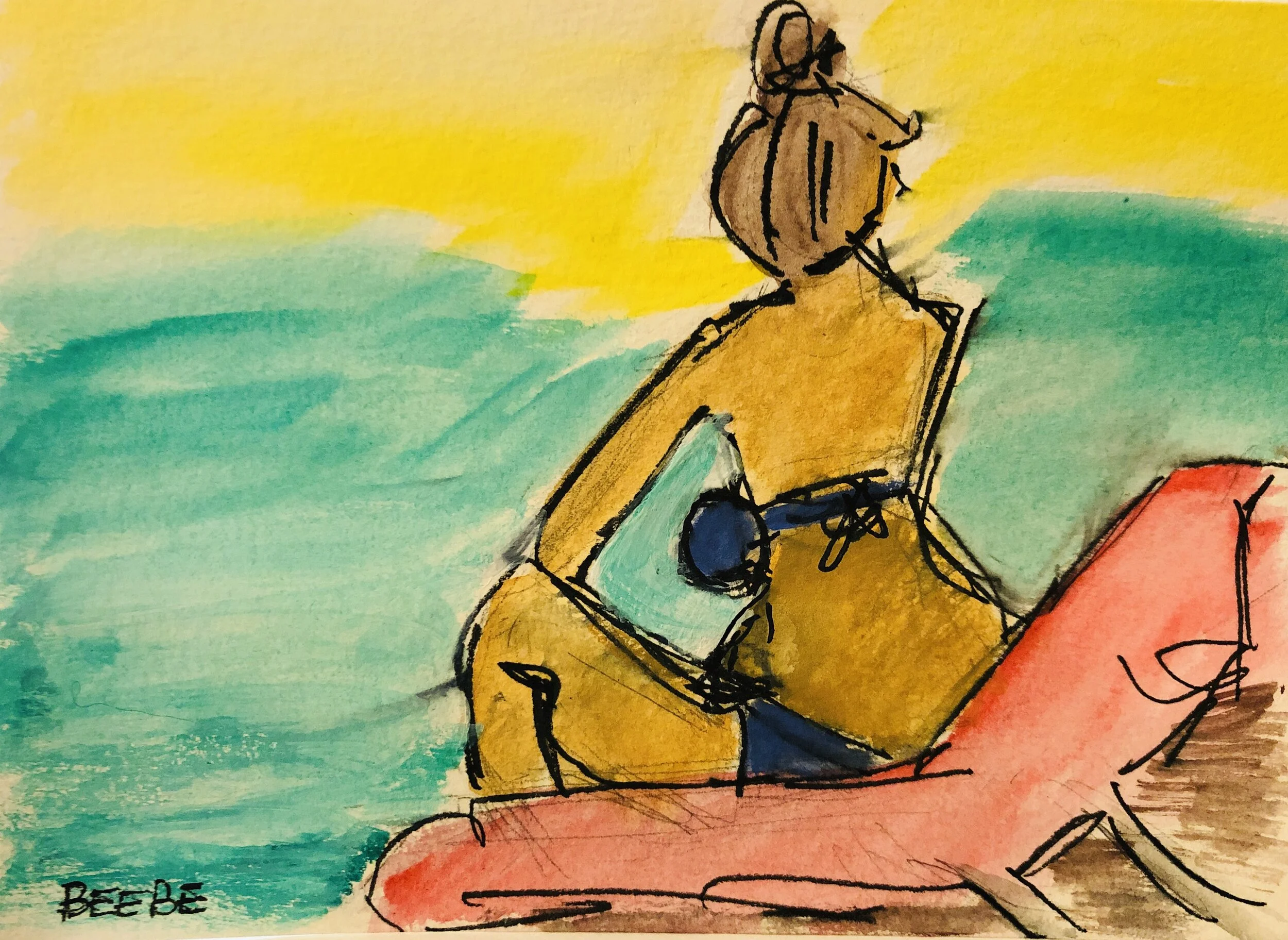Eyes wide open
In this messed-up world, where teenagers turn guns on themselves and shooters spray bullets into crowds, I go looking for beauty in art.
Hours after 11 people were shot dead in a Pittsburgh synagogue, I went to see All Things Are Photographable, the documentary film about Garry Winogrand, the Bronx-born street photographer who had his heyday in the 1960s and 1970s (that’s him, above).
Winogrand was known for his candid, kinetic images of people engaged in everyday life. From the Mad Men era in New York, through the women’s movement and post-Golden Age Hollywood, he caught social upheaval on film.
On the big screen, his streetscapes were supersized. Even more jam-packed, elegant, and alive. Alienation. Intimacy. Surprise.
Not incidentally, Winogrand famously claimed that to be great photographer—nervy, ironic and artistically disruptive—it was necessary to be Jewish.
But I digress.
Winogrand took more than a million pictures by the time he died in 1984, leaving some 300,000 frames unexposed. He was insatiable.
Like a hungry Colorado bear, ransacking cars for snacks, he pointed his wide-angle lens at the world. He grabbed. And he gobbled.
“You see something happening and you bang away at it,” he said. “Either you get what you saw, or you get something else—and whichever is better you print.”
There’s a lesson in here for the rest of us.
Whether we make art, or simply go out each day and notice the way light lands on surface, what matters first is that we are out there.
But even more important, is where we place our frame.
We work, and play, and love in the part of the world we are comfortable.
He’s free for coffee on Sunday, but only between 4 o’clock and five thirty.
She only dates 50 to 58-year-old men who live within 10 miles of her home.
What tiny life scapes we create for ourselves!
These are anxious times.
“Photography is about finding out what can happen in the frame,” Winogrand said. “When you put four edges around some facts, you change those facts.”
So we need to notice: How do we frame our world?
Who do we let in, and who do we box out?
On what do we focus, and how much contrast can we stand?
And can we keep our eyes wide open, no matter how frightened we are?






